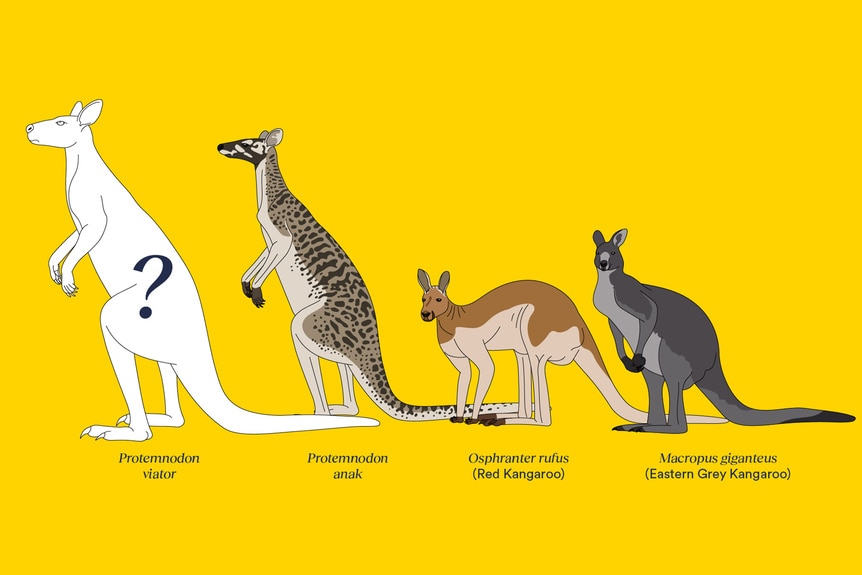Create a free profile to get unlimited access to exclusive videos, sweepstakes, and more!
Scientists Discover New Species of Super Jacked Ancient Kangaroo
Kangaroo Jacked!

The character of Jack, slayer of giants, has existed in some form for hundreds, maybe thousands of years. We’re not sure exactly, his stories might predate the written word. He appears in folktales where he kills one or more giants, either on the ground or at the top of a massive beanstalk. Usually, he gets fame and riches in exchange. Over the centuries, Jack migrated from oral stories to printed ones, and finally to the big screen, in movies like Jack the Giant Killer.
It’s a seemingly immortal story about a time when we shared the world with giants, and the only thing standing between us and them was a boy named Jack. While there were never humanoid people a hundred feet tall, there were giants of a kind once upon a time, and they were absolutely ripped, according to a recent study published in the journal Megataxa.
Australia Used to Be Home to Giant, Fast-Hopping Kangaroos
Just one thing, those giants were kangaroos. Over the course of more than a decade, paleontologists in Australia uncovered multiple complete kangaroo fossils including several new species, at Lake Callabonna. In total, three new species were discovered, all from the genus Protemnodon, and one of them was a beast.
Identifying the three new species and placing them within the larger kangaroo story required more than digging up bones in the field. Dr. Isaac Kerr, the study’s lead author, visited collections in 14 museums in four different countries. He and his collaborators photographed and made 3D scans of over 800 specimens, comparing them to one another and figuring out where they belonged inside the Protemnodon family.
For More on Ancient Giants:
Wildfires Drove Ancient Extinctions and Scientists Worry It's Happening Again
Prehistoric Pictographs Show Ice Age Sloths and Mastodons Living with Ancient Humans
30,000-Year-Old Mummified Baby Mammoth Found in Canada's Yukon Permafrost
Protemnodon lived between 5 million and 40,000 years ago, and they lived all over Australia and New Guinea. Despite all being from the same genus, the members of Protemnodon were adapted for very different lifestyles in very different environments, they even moved differently.
“The different species of Protemnodon are now known to have inhabited a broad range of habitats, from arid central Australia into the high-rainfall, forested mountains of Tasmania and New Guinea,” Dr. Kerr said, in a statement.
Some of them would have moved quadrupedally some of the time and hopped on two legs at other times. Most of them moved like modern kangaroos, cruising around on two legs and a tail. If they were hopping across the outback today, they would have looked similar to the modern gray kangaroo, but sturdier, with muscles stacked on muscles.
The largest of the new species, Protemnodon viator, was twice the size of the largest living red kangaroos, with an estimated weight of 375 pounds (170 kilograms). That puts them squarely in the heavyweight division of the giant kangaroo boxing league. The two other new species, Protemnodon mamkurra and Protmnodon dawsonae, were also described but weren’t quite as hulking.
P. viator lived in the arid landscapes of central Australia, enjoying similar habitats to the modern red kangaroo. It had long limbs and researchers suspect it would have been a quick hopper. Its Latin name, viator, means traveler or wayfarer. Today, only its smaller but still horrifyingly strong cousins bop around the bush. For reasons that aren’t wholly understood, all of the giant kangaroos are dead. Must have been Jack.
Catch Jack the Giant Killer streaming now on Peacock!



























